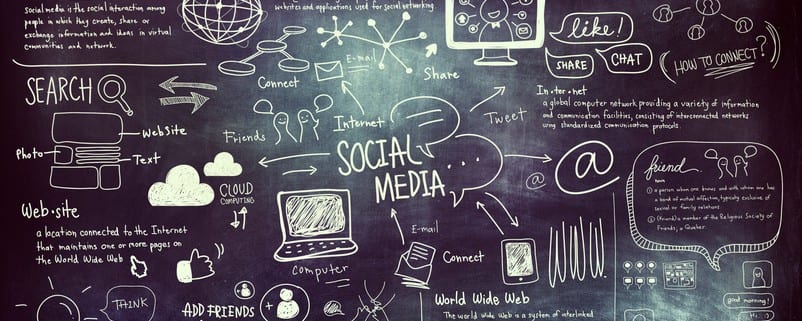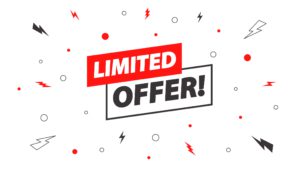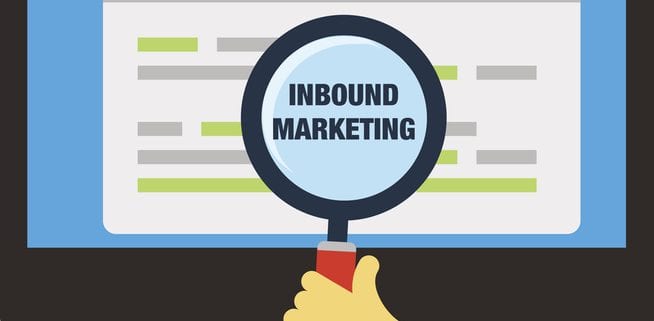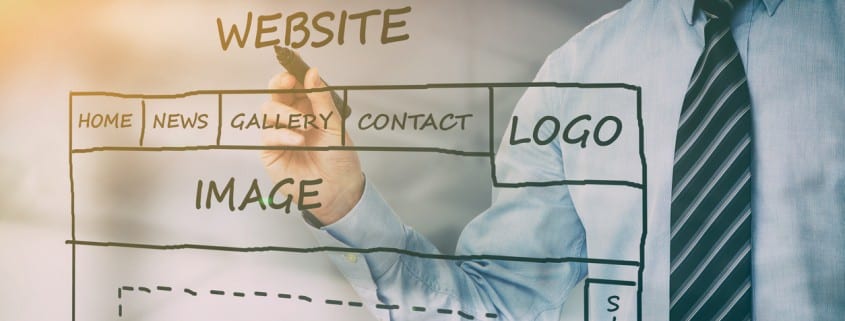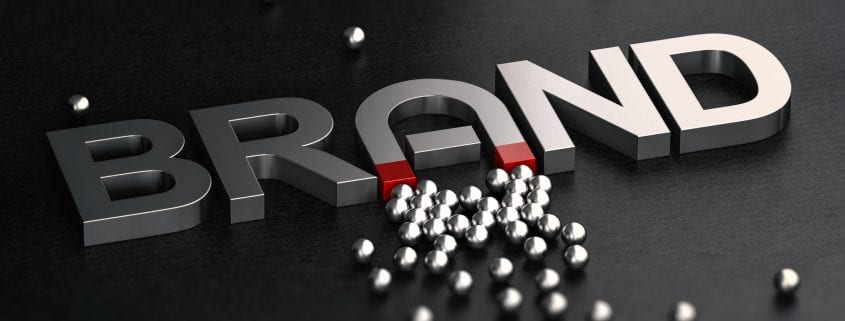Success depends on marketing. It doesn’t matter how big or small your business is, you cannot survive or grow unless you market your brand. Marketing does require a lot of time and effort to do effectively. Unfortunately, few businesses have the resources needed to maintain an in-house marketing team. That’s why many of them rely heavily on outsourcing to a professional marketing agency.
Why Hiring a Marketing Agency?
The following are a few reasons why you should strongly consider working with a reputable marketing agency:
1. A Marketing Agency Is Less Expensive
At first glance, the monthly rate of a marketing agency might seem expensive. In fact, many companies make the mistake of thinking it’s an unnecessary expense, especially if they think they can handle their marketing needs on their own. However, when you add up the costs of running a successful in-house marketing team, you’ll realize that it’s much more expensive than outsourcing to a marketing agency.
A comprehensive marketing strategy requires a lot of different skill sets. You’ll need marketing managers, strategists, researchers, analysts, copywriters, social media managers, SEO specialists, web designers, graphic designers, and more. Each one of these specialists costs a significant amount of money to hire full-time. The costs of hiring a marketing agency for a year are often less than hiring just one full-time marketing specialist.
2. Access To High-End Technology
Because a marketing agency is focused solely on marketing, the majority of their investments are going to be in the technology needed to stay on top of the latest tech and trends. As a result, when you work with a marketing agency, you’ll have access to all of the latest marketing tools, many of which can cost an arm and a leg to purchase or subscribe to yourself.
3. Access To An Experienced And Knowledgeable Team
Trying to put together an in-house marketing team can be very difficult in part because you’ll need to know who to hire. If you get stuck with someone who lacks the necessary experience or skills, it can hinder your marketing efforts. A marketing agency makes sure that it hires only the most qualified marketers out there. This means that you can be safe in the knowledge that your team has the experience and skills needed to help implement an effective marketing strategy.
4. Scale Marketing Needs With Ease

One of the biggest challenges businesses face is attempting to scale their marketing efforts to keep up with their company’s growth. If you find that you suddenly need more personnel to keep up with the demand of your business, you’ll have to go through the hiring process. This process can take a long time. Not to mention that the marketers you hire will have to be onboarded. When working with an agency, you’ll never have to worry about your marketing team falling behind. An agency will be able to scale your needs by simply adjusting your strategy and assigning more of their marketers to your team when needed.
5. Obtain A Fresh Perspective
Even if you have an in-house marketing team, one of the things that can hinder your team is the fact that their perspective of your brand can grow scale. Being able to stand back and look at the overall picture can be difficult sometimes. A marketing agency will be able to do this since they have an outsider perspective. Their experience working on other strategies and campaigns can also bring valuable insight to your team.
6. Compliment Your Existing Personnel
Even if you have in-house marketing personnel, working with a marketing agency can be hugely beneficial. Most smaller to mid-sized businesses won’t have a full-fledged marketing department. This means that the marketing personnel they do have are often forced to wear multiple hats. This can result in them becoming overworked and overwhelmed, thereby hurting their job performance.
By working with a marketing agency, you can ensure that the marketing personnel you do have in-house can focus on their core responsibilities. The marketing agency can provide the personnel needed to fill in the gaps, thereby complementing your existing team.
Having a team of experienced, professional marketers to help promote your business is a must. While you may not be able to afford an in-house team, attempting to leave the marketing strategy up to a handful of individuals at your company is not a good idea — especially if they have multiple job responsibilities. Instead, you should strongly consider outsourcing your marketing efforts to a reputable marketing agency. The benefit of hiring a marketing agency for your business helps to develop, execute, and monitor a marketing strategy that works for you.

